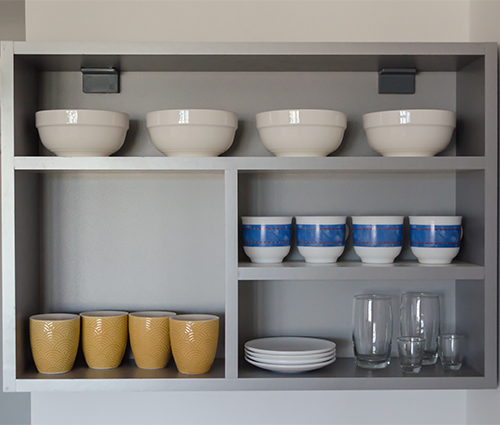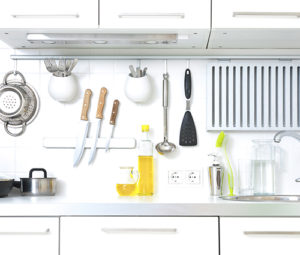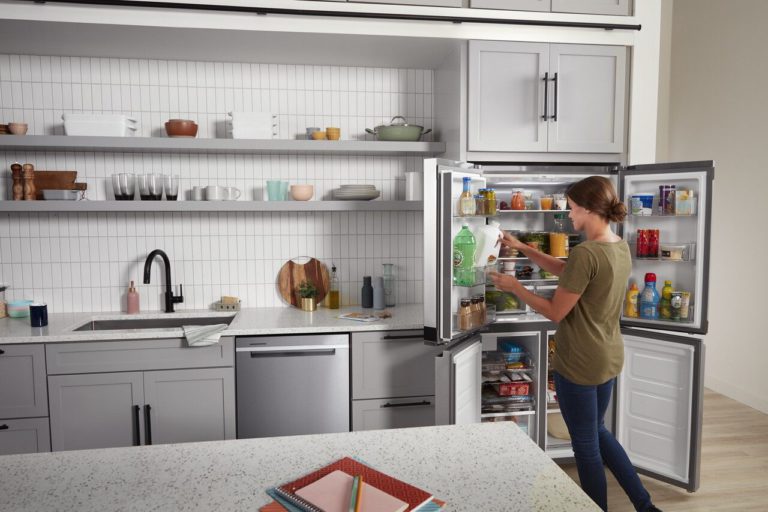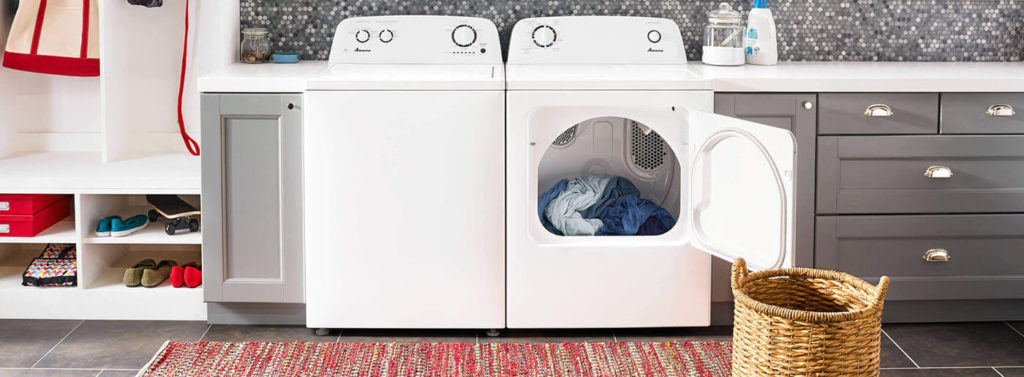The kitchen is where we gather, share meals, and make memories with family and friends. But because it is the heart of the home, it can be difficult to avoid cabinet clutter and keep the kitchen organized.
Setting up your kitchen cabinets strategically can save you time and stress, making meal preparation less hectic and more enjoyable. So instead of tearing your kitchen apart looking for that one item you need, follow these 12 easy steps to an organized kitchen and optimized storage space.
Start with the dishes and glasses
1. Keep commonly used items in reach
Items such as glasses and plates are used on a daily basis, so keep them in an easy-to-reach place — on low shelves and towards the front of cabinets. For silverware, use an insertable tray or drawer dividers. When it comes to larger kitchen utensils, such as whisks, ladles, and spatulas, use a utensil holder that can be placed in the corner of a countertop, out of the way but still convenient.

2. Stack matching items together
Stack similarly sized bowls, plates, and dishes on top of one another to keep your kitchen tidy, as well as to optimize shelf space. Stacking dishes will also save you time when you’re reaching for two or more of the same item.
3. Store less frequently used items higher up and further back
Less commonly used items, such as large platters, Dutch ovens, and serving bowls, can be stored in higher and harder-to-reach places. Because you won’t need to access these items as frequently, don’t give them prime real estate in your cabinets.
4. Hang items below shelves and under cabinets
Next up: cookware and bakeware
5. Organize cabinets based on use
Arrange the items in your cabinets based on their purpose in the kitchen. For instance, consider storing cookware and bakeware near the stove for quick access. You could also consider placing your utensil holder near the stove for easy access while cooking and baking.

6. Stack flat items and place larger items inside smaller ones
Most mixing bowls and pots can easily be nested inside one another, as can plastic containers and plastic cups. Flat items such as lids, cookie sheets, and pizza trays can either be stacked vertically or laid flat on top of one another.
7. Keep heavier items at the bottom
For safety purposes, place heavier items such as blenders, cast iron skillets, slow cookers, and stand mixers in cabinets that are closer to the ground. Lower cabinets also tend to have larger doors and openings, allowing for easier access to bulky items.
8. Hang pots and frying pans
Displaying your most commonly used pots and pans by hanging them from rods or hooks provides easy access and frees up cabinet storage space. It also looks great!
Last but not least: organize your eats
9. Food likes to be cool, dark, and dry

10. Organize food by size and type
Store your tallest food items at the back, so that your smaller items don’t get lost in the shuffle. Clearly label your spices, group them together in a bin or a rack, and keep them visible so you know what you’re working with. The same goes for condiments and sauces — keep them in the same general area so you’re not turning the kitchen upside down looking for a single item.
11. Rotate your stock
Always be mindful of expiration and best-before dates, and keep older items towards the front of your fridge or cabinet so you remember to use them first.
12. Keep food items airtight
When possible, repackage food items after opening in airtight containers, freezer bags, or plastic wrap. This applies to dry food items such as rice, cereal, oatmeal, and flour, but it also applies to everyday items such as cheese, lunch meats, vegetables that are stored in the fridge, and leftovers. Keeping food airtight in your refrigerator helps to preserve freshness and optimize storage space — and it also helps to keep out any household pests, such as ants.





